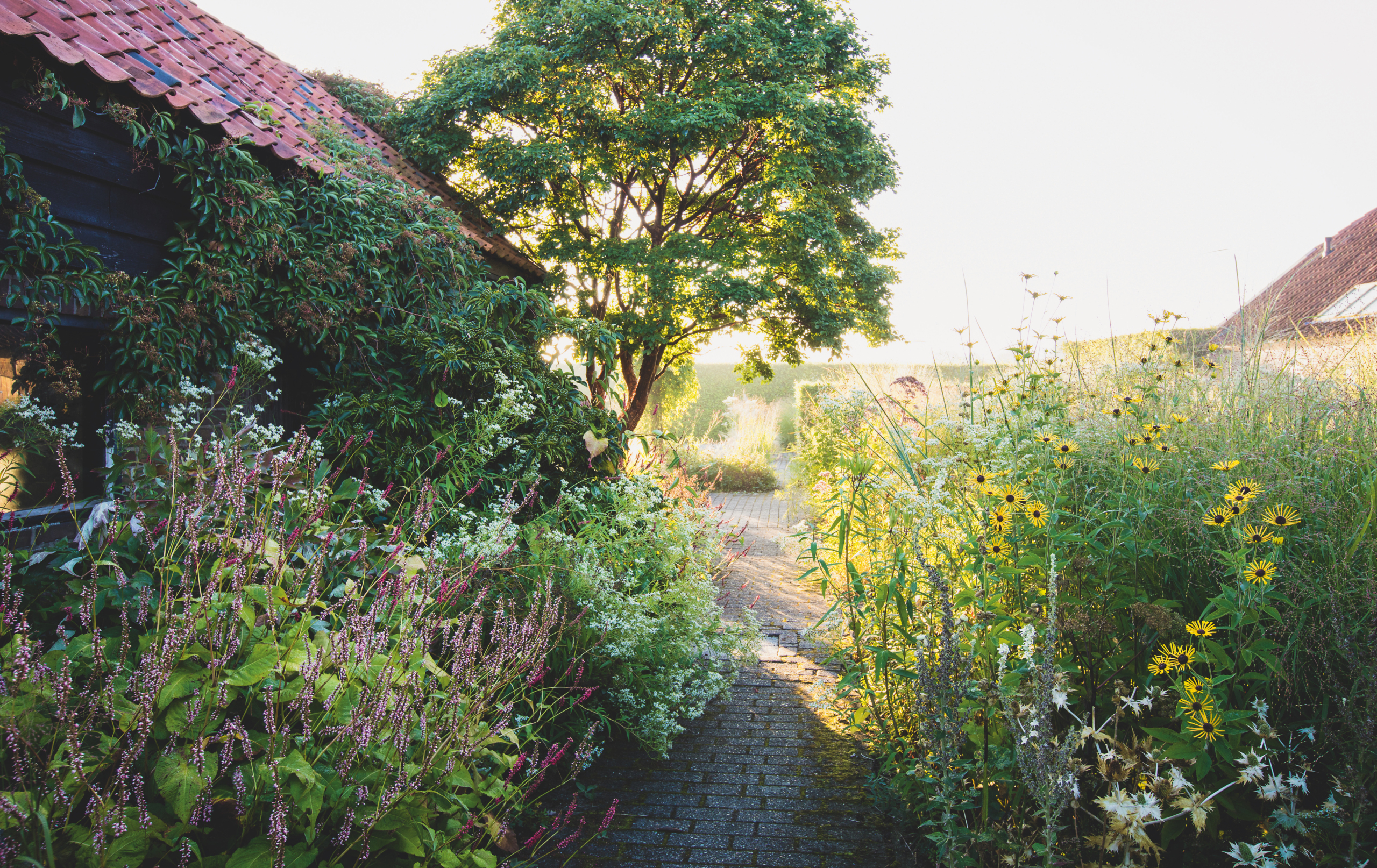What is the gardening season in Autumn?
The gardening season in Autumn typically refers to the period between September and November when gardeners can continue to plant, harvest, and maintain their gardens.
What are some tips for extending the gardening season in Autumn?
To extend the gardening season in Autumn, you can try techniques like using row covers or cloches to protect plants from frost, planting cold-tolerant crops, applying mulch to insulate the soil, and utilizing a greenhouse or cold frame.
What are some cold-tolerant crops that can be grown in Autumn?
Cold-tolerant crops that can be grown in Autumn include kale, Swiss chard, lettuce, spinach, radishes, carrots, beets, and certain varieties of broccoli and cauliflower.
How can I protect my plants from frost in Autumn?
To protect plants from frost in Autumn, you can cover them with row covers or cloches, bring potted plants indoors, water the soil thoroughly before a frost to provide some insulation, or use frost blankets or straw to protect tender plants.
What should I do to prepare my garden for Autumn?
To prepare your garden for Autumn, remove any remaining summer crops, clean up garden debris, amend the soil with compost or organic matter, mulch around plants to protect roots and retain moisture, and consider planting cover crops to improve soil health.
Can I start new plants from seeds in Autumn?
Yes, you can start certain plants from seeds in Autumn. However, it’s important to choose cold-tolerant varieties and provide appropriate growing conditions, such as using a greenhouse or cold frame, to ensure successful germination and growth.
How often should I water my garden in Autumn?
The watering needs of your garden in Autumn will depend on various factors including the weather, soil moisture, and specific plant requirements. Generally, it’s recommended to water deeply and infrequently, allowing the soil to dry slightly between watering sessions.
Should I fertilize my garden in Autumn?
Fertilizing in Autumn can be beneficial, especially for plants that are still actively growing. However, it’s important to use a balanced fertilizer and follow the specific recommendations for different plants. Avoid excessive fertilization, as it can lead to imbalances or encourage late-season growth that may not survive winter.
How can I make the most of the Autumn harvest?
To make the most of the Autumn harvest, plan your crops strategically, prioritize harvesting at the peak of ripeness, preserve excess produce through methods like canning or freezing, share with friends or neighbors, and consider trying new recipes or food preservation techniques.
What are some common pests or diseases to watch out for in Autumn?
In Autumn, common pests and diseases include aphids, fungus gnats, powdery mildew, and certain fungal or bacterial diseases. Regularly inspect your plants, practice good hygiene, and use organic pest control methods or appropriate fungicides if necessary.


